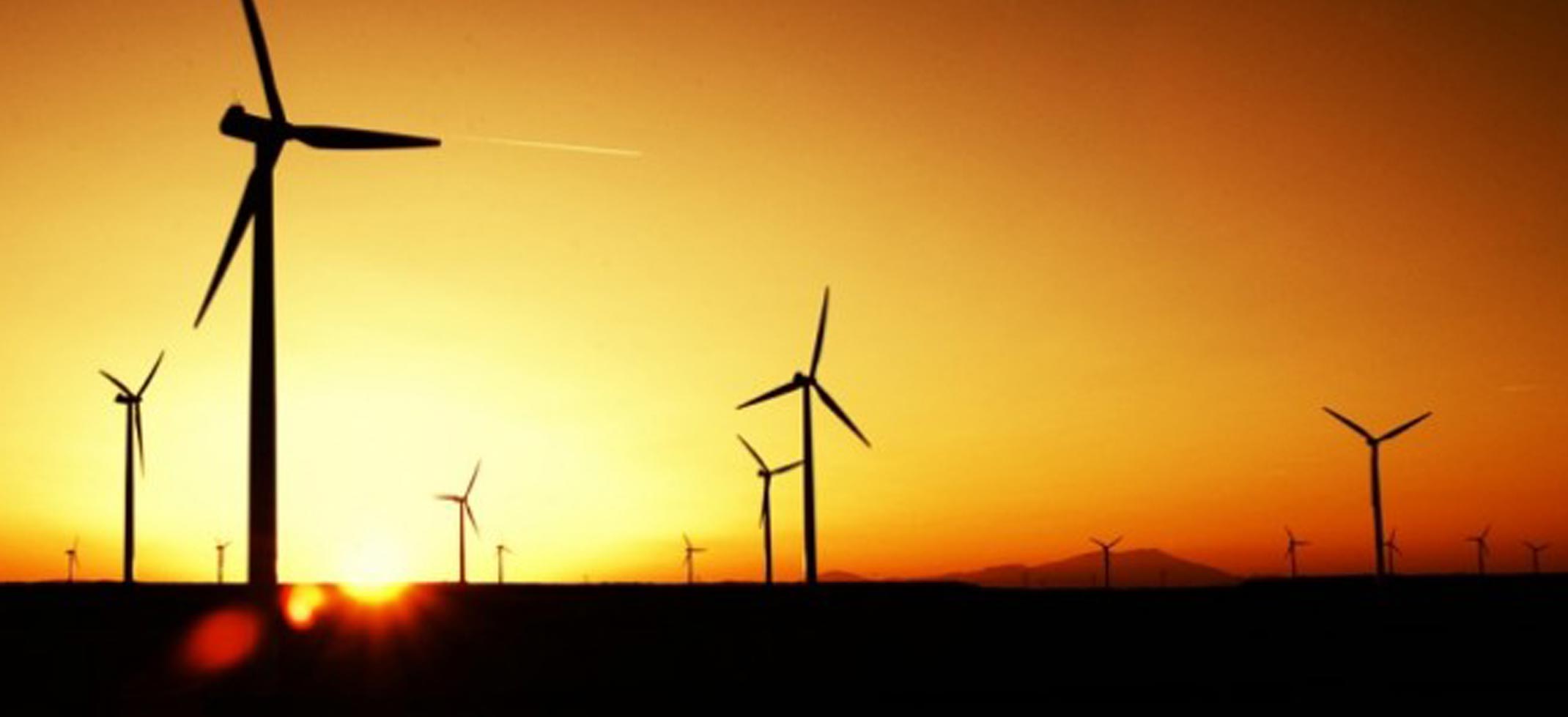EU-funded researchers are involved in the development of a pan-European ‘super grid’ capable of dispersing wind power across Member States. This will bring more renewable energy into homes and businesses, help reduce reliance on fossil fuels and enable Europe to move closer towards achieving energy independence. This final point is an important consideration given that half the energy consumed in Europe in 2012 was imported from outside the EU.
The EU-funded MEDOW project, which runs until March 2017, is a training project that has identified the development of a direct current (DC) grid as an efficient way of transmitting and sharing wind power. This pan-European grid, rather than single point-to-point connections, will reinforce reliability and help balance power supply and demand.
The concept makes practical sense. While new wind farms are increasingly being placed offshore where wind speeds are higher and turbines less intrusive, this means that power is generated far from where it is used. Finding more efficient ways of transporting power to onshore grids will help achieve significant cost savings. The idea of a European renewables power grid has gained support from both the academic and environmental community.
This DC grid is based on newly emerging technology and will be the focal point of the offshore super grid. The MEDOW project, which began in 2013, will study operational issues such as DC power flow, DC relaying protection and dynamic stability. DC grids for offshore wind power transmission and onshore AC grid interconnection will also be investigated. Various simulation platforms and experimental test rigs will be used in the project.
The EU’s wind energy sector has enjoyed average annual growth of 15.6 % over the last 17 years, while a recent European Environment Agency report, entitled Europe’s Onshore and Offshore Wind Energy Potential, stated that European wind power capacity in 2020 could be three times greater than Europe’s expected electricity demand, rising to a factor of seven by 2030.
For more information: www.heatexchanging.com






